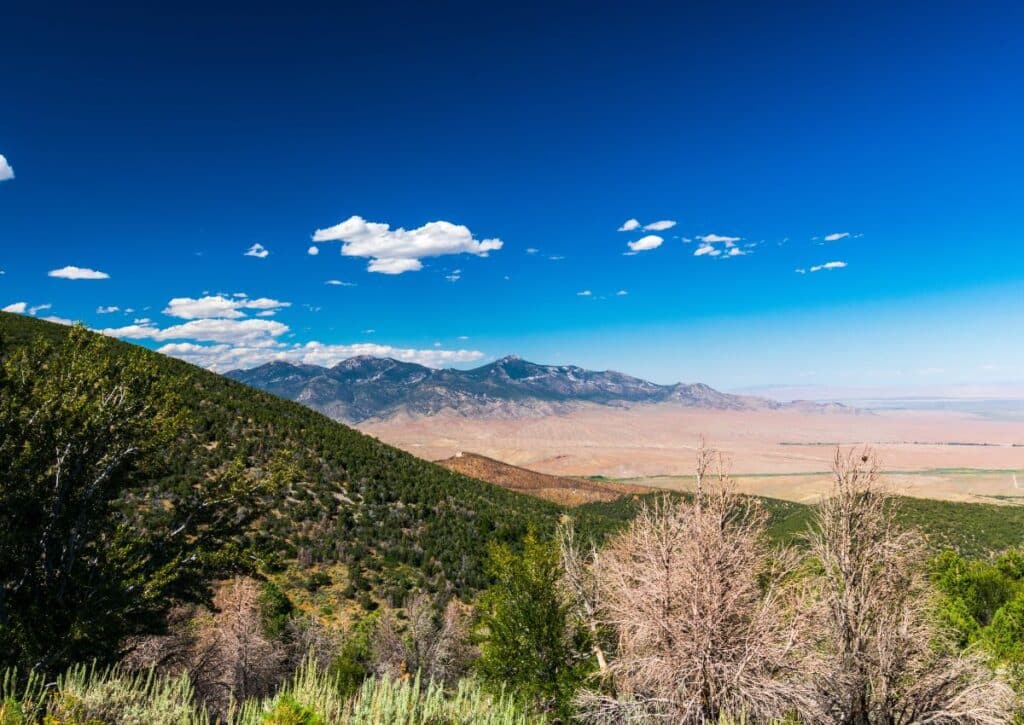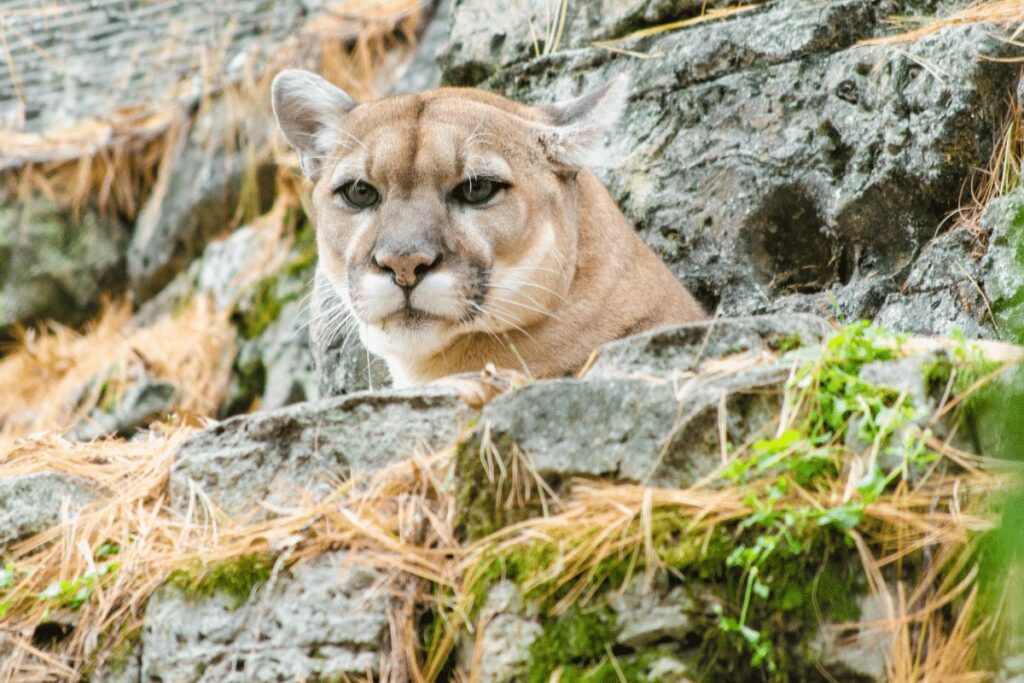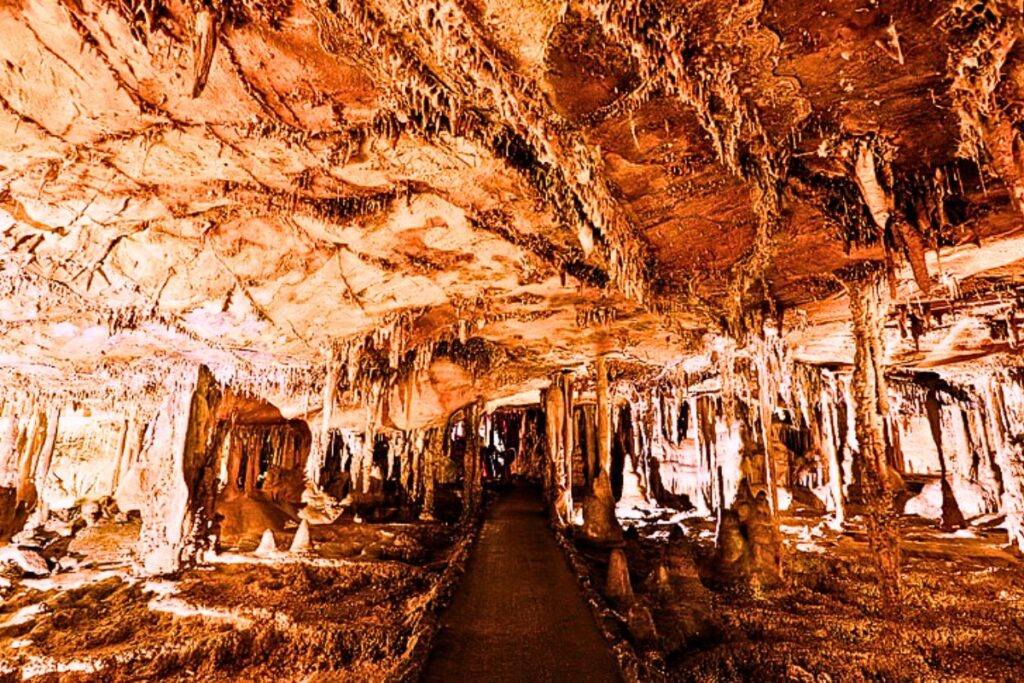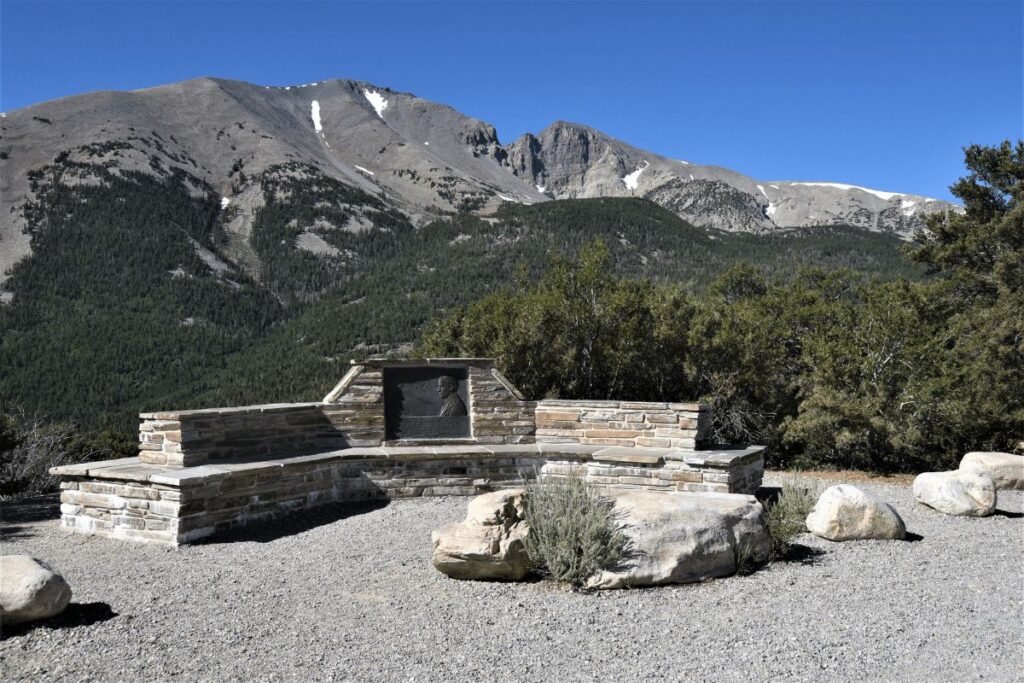Discover Great Basin National Park in Nevada: from its volcanic origins to Wheeler Peak. Dive into a 3-day itinerary, unveiling the park's hidden beauty!
Nestled on Nevada’s eastern edge lies the mesmerizing Great Basin National Park—a testament to nature’s artistry formed through unique volcanic activities.
Although one of the lesser-known jewels of the US National Parks system, Great Basin boasts a captivating blend of snow-capped peaks, cascading waterfalls, and enigmatic petroglyphs.
The park’s vast 77,100-acre expanse is a treasure trove of flora, fauna, and geological wonders like Wheeler Peak and the Lehman rock glacier.
In this guide, we embark on a comprehensive three-day journey through the park’s diverse landscapes and hidden gems, promising an adventure that captures the very essence of the Great Basin.
A Place of Extremes
The Great Basin National Park lies in the Colorado Plateau and between several mountain ranges. It boasts many tall mountains, extravagant springs and lakes. It also has an extensive cavern system that runs through the limestone rock. The diverse topography and wildlife make it a place of extremes.
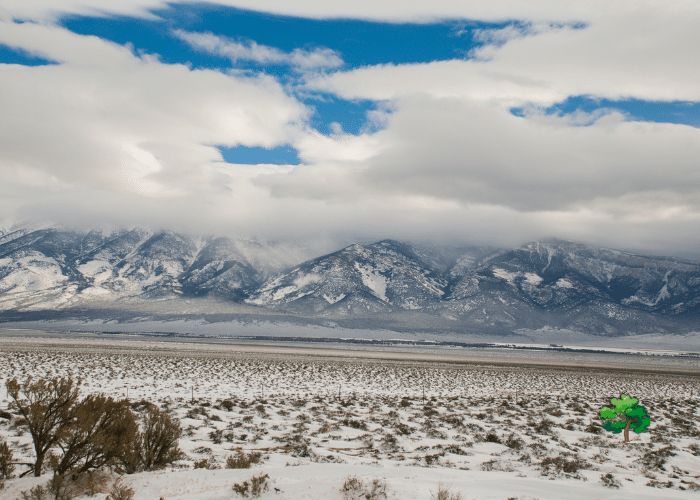
Great Basin National Park’s unique landscape brings together the world of mountain peaks, vast valleys and deep underground caverns. It is home to Lehman Caves with it’s breathtaking formations and beautiful variety cave life. Snowcapped mountains are a popular destination during warmer seasons as hikers enjoy the pristine alpine meadows that cover the higher elevations.
The Great Basin National Park has a number of trails ranging from easy strolls through scenic woodlands to difficult climbs up Sierra Nevada Mountain ranges. There are also excellent opportunities for backcountry camping, hiking and exploration in the park.
Extends 77,100-acres and rich in flora and fauna
Great Basin National Park, with 77,100 undeveloped acres of gently rolling sagebrush steppe and pinyon-juniper mountain woodland, was added to the park system on Jan. 22, 1986.
The Great Basin National Park is located in White Pine County, Nevada and has a population of about 15,000. The park is named after the basin-and-range topography of the region. The Great Basin is a large area that extends from central Nevada to southern Oregon, with an average elevation of over 6,000 feet above sea level. Many different types of plants and animals live in this area.
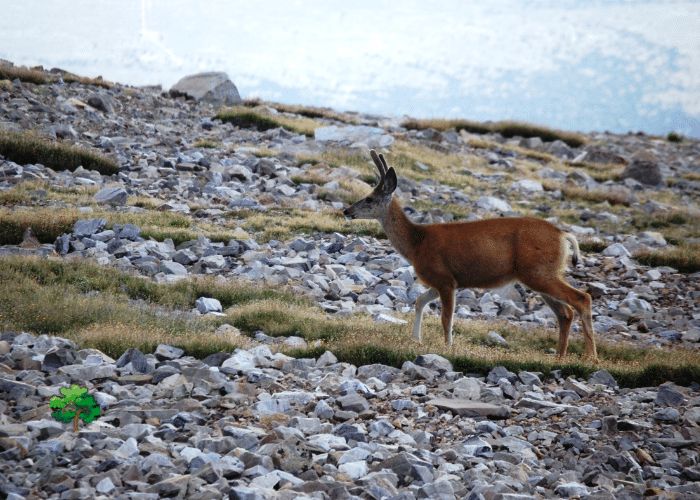
The main vegetation zone in Great Basin National Park consists of sagebrush steppe, which is dominated by big sagebrush and low bunchgrasses such as needle-and-thread grass and Idaho fescue. Other common shrubs include rabbit brush and antelope bitterbrush. Juniper trees are also common on higher elevations in the park.
The Great Basin region is home to a wide variety of plant and animal life. Animals that live in this area include the sage grouse, pronghorn antelope, coyote, jackrabbit, bighorn sheep, mule deer and black bear. Wildflowers such as yellow bells, Indian paintbrush and blue flax can be found in abundance along the Snake Creek Trail. The area also boasts several bird species such as the horned lark, burrowing owl and mountain bluebird.
Wheeler Peak
The highest point is Wheeler Peak, which stands 13,060 feet above sea level.
Wheeler Peak is the highest mountain in the Snake Range and the second highest mountain in Nevada. It is located within Great Basin National Park. The peak was named for Major General Joseph Wheeler (1836-1906), commander of the Confederate cavalry during the Civil War.
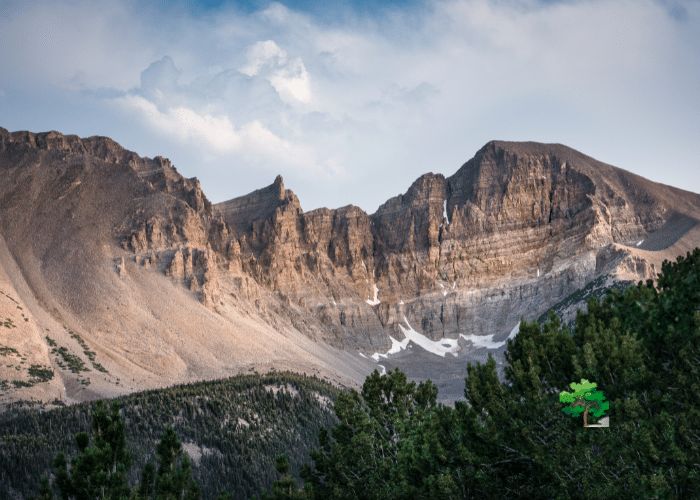
Wheeler Peak dominates the skyline of Great Basin National Park, rising to 13,063 ft above sea level. The peak is one of seven Nevada peaks that exceed 13,000 ft elevation and are over 2 miles above sea level.
The Snake Range extends from White Pine County into eastern Toiyabe National Forest. Wheeler Peak lies in a remote portion of Great Basin National Park, near Baker Creek Canyon and Deep Springs Valley.
Wheeler Peak has been called “the Matterhorn of the West” because its pyramidal shape resembles that of Europe’s Matterhorn. However, Wheeler Peak has also been described as “more like a steeple than a mountain.”
Mountain View Nature Trail
The lowest trail is Mountain View Nature Trail, 6,825 feet above sea level.
Mountain View Nature Trail in Great Basin National Park is a 1-mile loop trail that begins at the visitor center and climbs to an overlook. The trail has been described as “wonderful” by hikers.
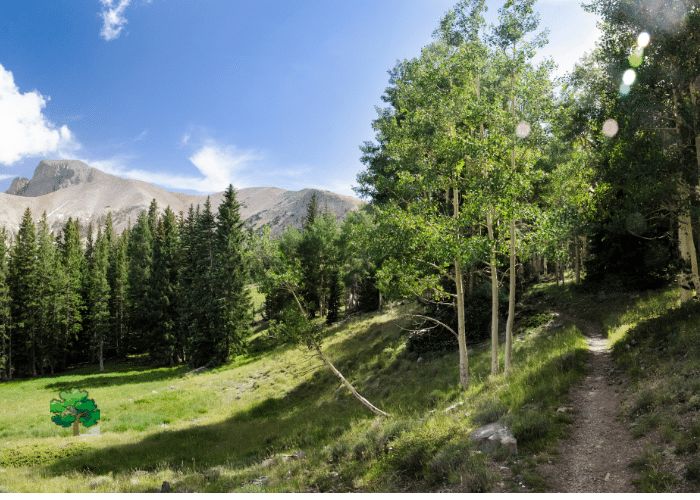
The trail passes through sagebrush-covered hills and a stand of aspen trees. Hikers can see views of Wheeler Peak, the highest point in Nevada, from the overlook. There are also many wildflowers in bloom during summer months.
The visitor center offers exhibits and educational programs about the park’s geology, wildlife and vegetation.
The Lehman rock glacier
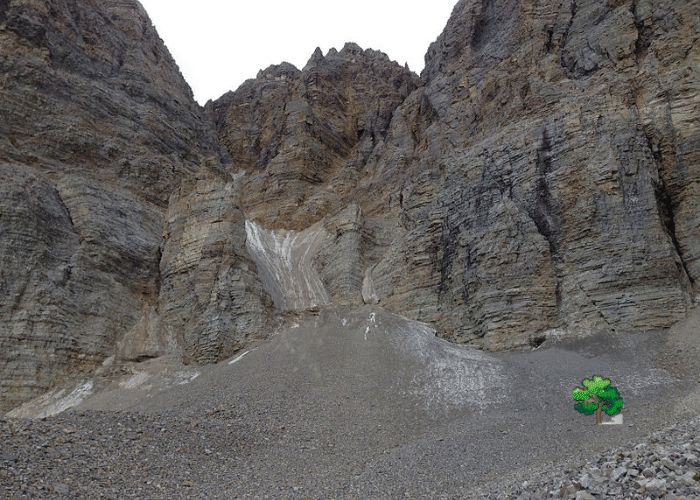
The glacier is one of only a few natural rock glaciers in the world, and it is the only one that can be visited by the public. The glacier is named after John A. Lehman, who discovered it in 1940 while he was exploring the area looking for a suitable site for a possible ski resort.
Lehman caves
The park’s famous Lehman Caves began forming around 2 to 5 million years ago
Great Basin National Park is located in south central Nevada. It was established in 1986 to protect the Lehman Caves, which are part of a larger geologic formation called the Lehman Creek Cave System. The caves were discovered in 1920 by a rancher named Herman Cline, who found them while searching for stray cattle.
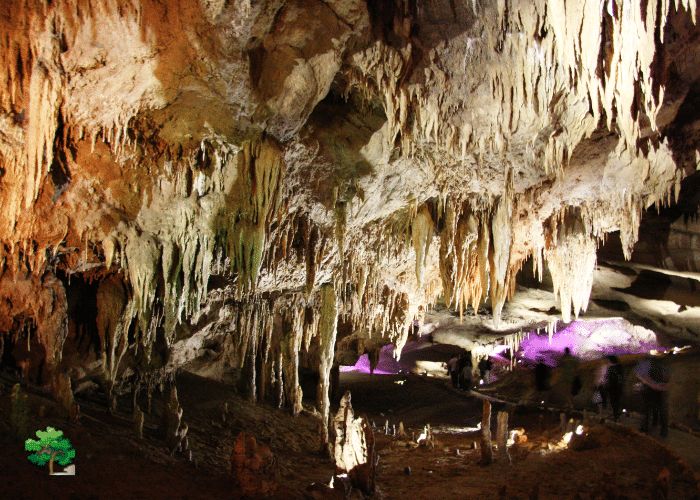
Lehman Caves is the second largest cavern in the United States and one of the largest in the world. It is located within Great Basin National Park, a short distance from Baker, Nevada. The caverns were discovered in 1926 by two brothers, John and Walter Lehman.
The Lehman Caves are part of a larger system of caves that includes Long Cave and Crystal Cave. The three together are known as the Lehman Caves System. The Lehman Caves System is one of only two large cave systems in Nevada (the other being Cave Lake).
The Lehmans spring were originally thought to be inactive, but in 1931 it was discovered that there was still water flowing in the cave. In fact, an underground river flows through most of the caverns. This river is fed by snowmelt from Wheeler Peak Glacier and then runs through multiple underground channels before emerging at its lowest point, where it flows out onto the desert floor and then disappears into a sinkhole near Baker Lake.
The Bonneville cutthroat trout
The Bonneville cutthroat trout is the only trout species native to Great Basin National Park. The Bonneville cutthroat has been an important part of the local economy for centuries, and continues to be today.
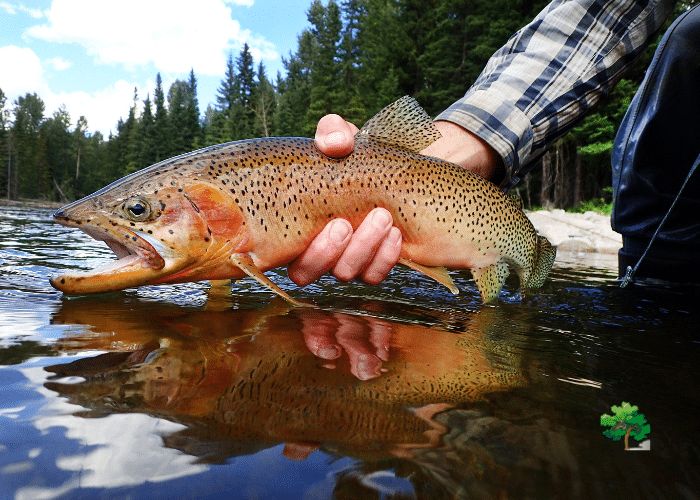
Bonneville cutthroat are a non-migratory variety of rainbow trout that have adapted over time to living in the desert environment of Great Basin National Park. In addition to their distinctive coloration and appearance, they also have a different behavior pattern than many other varieties of trout.
They tend to live closer to the surface than other types of trout, which is why they are often called “surface-feeders.” They tend to feed throughout the day instead of just at dawn or dusk like some other types of trout do.
The Sagebush Grasslands
The sagebrush grasslands you pass through on your way up Scenic Drive offer some of the best bird-watching opportunities in the region.
The park has more than 200 species of birds, including golden eagles, prairie falcons and sage grouse. As well as deer, elk and even bighorn sheep.
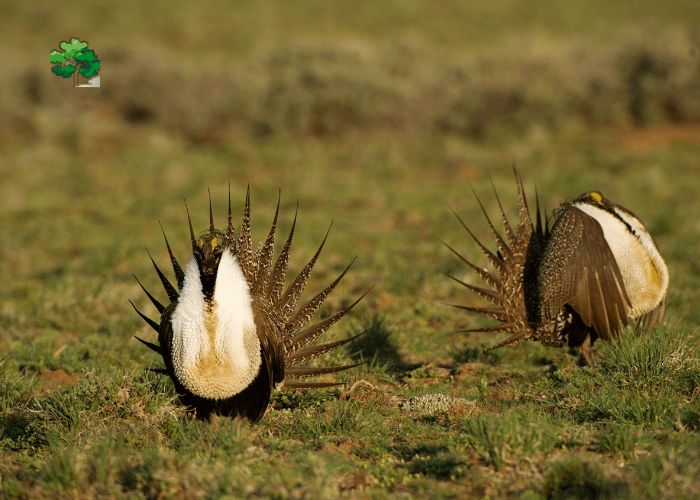
Birding is best in early morning and late afternoon when the sun isn’t directly overhead. Binoculars are an essential part of your birding arsenal, as many birds are difficult to spot without them.
The area also attracts black bears and bobcats, but they’re rarely seen.
As you drive higher in the park, you’ll see forests of pine and fir trees growing alongside rugged peaks. Along the way up to Mount Evans’ summit, you’ll come across several lakes that are popular with anglers in search of rainbow trout.
The diversity of wildlife makes for a great hiking experience, but it also presents a challenge for drivers who are unfamiliar with the area. Be sure to stop frequently for wildlife crossings and drive slowly through the prairie area at dusk or dawn when most animals are active.
The Townsend’s big-eared bat call Great Basin, home
The Townsend’s big-eared bat, a species that was thought to be extinct, was recently rediscovered in the Great Basin region of Nevada.
The Townsend’s big-eared bat is one of four species of bats native to Nevada. As the name suggests, it has large ears and can be found roosting in caves, mineshafts and buildings.
The Townsend’s big-eared bat was previously thought to be extinct. It was last seen in the late 1960s or early 1970s before being listed as an endangered species by the U.S. Fish and Wildlife Service in 1976.
A recent study by researchers from the University of California Santa Cruz found evidence that Townsend’s big-eared bats still exist in Northern Nevada’s Snake Range mountain range near Austin, Nevada. The biologists captured audio recordings of the bats’ calls and recorded them using high definition video cameras attached to remote controlled aircraft called quadcopters or drones.
A 3 Day Itinerary to Explore the Great Basin National Park
Day 1: Unearthing Mysteries & Gazing at Stars
Begin your adventure beneath the Earth’s surface with a guided tour of the Lehman Caves. Marvel at the delicate, intricate formations of stalactites, stalagmites, and more, that have taken ages to form in this fascinating subterranean world. To ensure a spot, especially during peak times, it’s best to make a reservation.
Once you’ve emerged back into the daylight, it’s time to get your legs moving and your heart pumping. Head to the Mountain View Nature Trail, a relatively short 0.3-mile self-guided trail.
Not only does it provide an introduction to the park’s flora and fauna, but it also offers a panoramic perspective of the majestic surroundings. With its gentle slopes and interpretive signs, it serves as a wonderful primer to the Great Basin’s ecosystem.
Before the day ends, you’re in for a celestial treat. Thanks to the park’s status as an International Dark Sky Park, stargazing here is unparalleled.
Check the park’s program schedule; there might be a ranger-led astronomy session you can attend, enhancing the experience with expert insights.
Day 2: Ascend to Alpine Wonders & Dive into Nature’s Tales
Greet the morning sun by driving up the Wheeler Peak Scenic Drive. As you snake your way up this road, you’ll climb to heights of over 10,000 feet.
The vistas unfurling before you display the vastness of the Great Basin region, a sight to behold and a photographer’s dream. As you drive, keep an eye peeled for some of the park’s residents like mule deer or jackrabbits darting across the landscape.
Post this scenic drive, it’s time to stretch those legs again. Embark on a hike to Stella and Teresa Lakes. Originating from the Wheeler Peak parking area, this round-trip journey spans approximately 2.7 miles.
The mirrored surfaces of these alpine lakes, set against the rugged backdrop of towering peaks, provide mesmerizing views. The serene ambiance also makes this a favored haunt for the park’s wildlife.
As dusk approaches, gather around for a captivating Campfire Program (if available). Hosted by knowledgeable park rangers, these sessions dive deep into the park’s rich natural and cultural tales. It’s storytelling at its best, under the canopy of stars.
Day 3: Embrace Ancient Wisdom & Find Solace by the Creek
The morning sun finds you on the Alpine Lakes Loop Trail, a 2.7-mile loop that offers views of both Stella and Teresa Lakes and the encompassing rugged terrains. The trail’s moderate intensity promises an invigorating start to the day.
In the afternoon, a hike to the Bristlecone Pine Grove is in order. These aren’t just any trees; some of these bristlecone pines are over 3,000 years old, making them among the Earth’s oldest living organisms. The trail stretches 4.6 miles round trip from the Wheeler Peak parking area. As you walk, reflect on the millennia these trees have witnessed.
Finally, as the sun casts long shadows, make your way to Baker Creek. With several meandering paths alongside the gentle babble of the creek, it’s a haven for relaxation and birdwatching. The ambient sounds of nature here offer the perfect backdrop for reflection, capping off three enriching days in the embrace of the Great Basin National Park.
While immersing yourself in the park’s beauty, ensure you’re well-prepared. Keep updated trail maps from the Visitor Center, which also offers a wealth of information about the park’s history, geology, and the vibrant ecosystem. Remember, the high elevation can affect everyone differently, so it’s essential to stay hydrated, acclimatized, and aware of altitude sickness symptoms. Here’s to a memorable outdoor experience in the heart of nature!
Conclusion
In the heart of Nevada’s vast expanse, the Great Basin National Park stands as an emblem of nature’s untamed splendor. From its volcanic roots to the heights of Wheeler Peak, it offers a voyage through time and terrain.
The park’s diverse ecosystem, coupled with its historical imprints, reminds us of the uncharted beauty that often remains overlooked in our well-trodden world.
As we conclude our three-day exploration, it’s evident that this national treasure is not just a destination, but an experience—a call to the adventurer in all of us, urging us to look beyond the known and immerse ourselves in the wonders of the wild.

